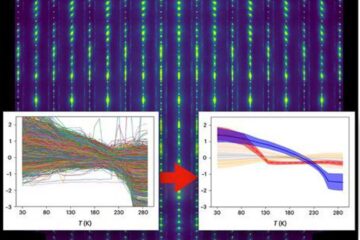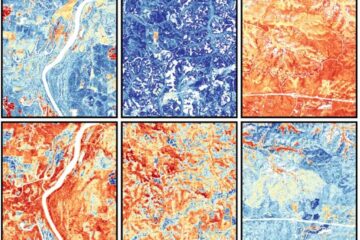New research reveals how cranberry products prevent urinary tract infections

Urinary tract infections (UTIs) burden the healthcare system with more than $2 billion in treatment costs each year and are a common problem in patients with a urinary catheter in place.
Adhesion of E. coli bacteria to cells lining the urinary tract is the first step in the development of a UTI. Chemicals found in cranberry products called proanthocyanidins (PACs) prevent E. coli, which is the cause of about 85% of UTIs and 90% of cases of acute pyelonephritis, from adhering to these urinary tract epithelial cells by affecting the surface properties of the bacteria.
Paola Pinzón-Arango, Yatao Liu, and Terri Camesano, from Worcester Polytechnic Institute, in Massachusetts, exposed E. coli grown in culture to either light cranberry juice cocktail or cranberry PACs and measured the adhesion forces between the bacteria and a silicon surface using atomic force microscopy. They demonstrated that the longer the bacteria were exposed to either the cranberry juice or the PACS the greater the decrease in bacterial attachment. In the article entitled, “Role of Cranberry on Bacterial Adhesion Forces and Implications for Escherichia coli—Uroepithelial Cell Attachment,” the authors also concluded that this effect was reversible, and that bacteria regrown in an environment without cranberry juice or PACS regained the ability to attach to the model surface.
“Cranberries, one of only three species of fruits native to North America, has a long history of medicinal food use. Native Americans used the fruit for the treatment of bladder and kidney ailments hundreds of years ago. The article by Camesano and co-workers is a milestone in the understanding of its mechanism of action,” says Sheldon S. Hendler, PhD, MD, Co-Editor-in-Chief of the Journal, and Clinical Professor of Medicine, University of California, San Diego.
Media Contact
More Information:
http://www.liebertpub.comAll latest news from the category: Health and Medicine
This subject area encompasses research and studies in the field of human medicine.
Among the wide-ranging list of topics covered here are anesthesiology, anatomy, surgery, human genetics, hygiene and environmental medicine, internal medicine, neurology, pharmacology, physiology, urology and dental medicine.
Newest articles

Machine learning algorithm reveals long-theorized glass phase in crystal
Scientists have found evidence of an elusive, glassy phase of matter that emerges when a crystal’s perfect internal pattern is disrupted. X-ray technology and machine learning converge to shed light…

Mapping plant functional diversity from space
HKU ecologists revolutionize ecosystem monitoring with novel field-satellite integration. An international team of researchers, led by Professor Jin WU from the School of Biological Sciences at The University of Hong…

Inverters with constant full load capability
…enable an increase in the performance of electric drives. Overheating components significantly limit the performance of drivetrains in electric vehicles. Inverters in particular are subject to a high thermal load,…





















